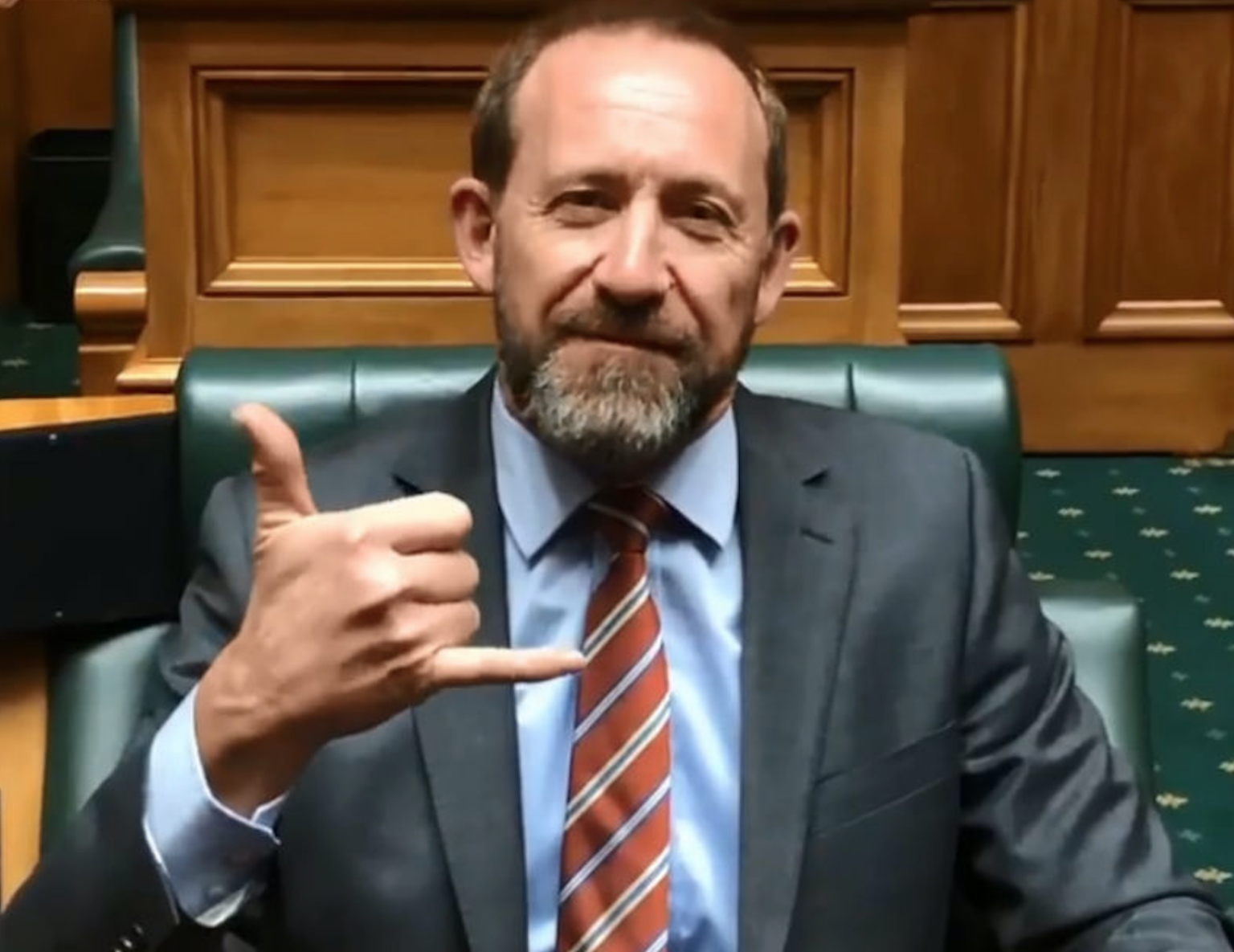Last week, as New Zealand’s Medicinal Cannabis Scheme was labelled “unworkable” and the Ministry of Health finally confirmed a review of the scheme was imminent, I did two things that illustrated what is working and what isn’t: I obtained a prescription for cannabis bud (imported from overseas); and I destroyed a pile of cannabis grown here but unable to be given to patients.
By Chris Fowlie
Originally published on The Daily Blog, August 10, 2022
On the one hand, the Medicinal Cannabis Scheme allows any doctor to prescribe medicinal cannabis products to any patient, for any reason. That’s awesome. According to the NZ Ministry of Health, around 42% of cannabis consumers use it therapeutically at least some of the time, which is around one-in-twenty people, and the most common reasons are for pain, sleep and relaxation or anxiety. If you use cannabis medicinally at least some of the time, for these or any other reason, then you too can get a prescription.
But affordability is still an issue, with cannabis medicines unfunded and our rules imposing additional costs and forcing up prices, while also slowing the introduction of new products. Many local growers and producers are bleeding cash while they secure all the necessary approvals to get anything to patients, here or overseas. Others have destroyed crops after investing huge sums of money only to find they cannot meet our stringent rules.
There is hope. Our scheme could still be world-leading. This review could fix the bits that aren’t working, if Ministers give it their focus. For that, we need to demand change, as we have done so many times for this and other issues of social justice and equity. In the meantime, you might want to get a prescription, just in case.
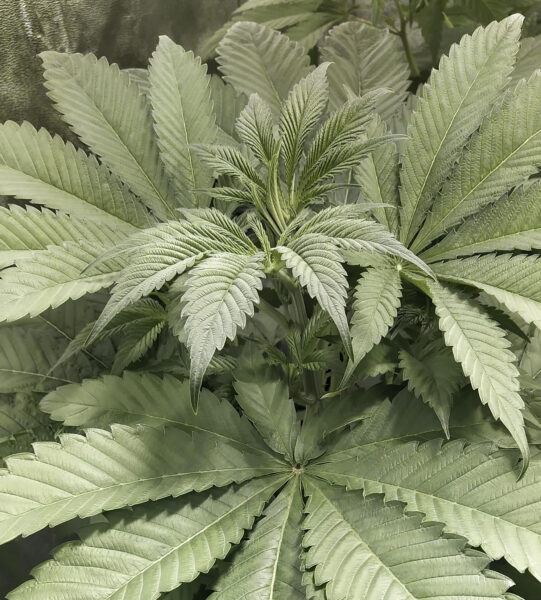
PHOTO: Chris Fowlie
The prescription is simple, if you can afford the products
Patients often tell me their doctor is wary to prescribe cannabis, usually because of a lack of training and experience and also because following decades of prohibition there is still a lack of clinical research for many conditions. If your doctor is not up to it, there are now specialist cannabis doctors around the country which anyone can visit, or talk to via telemedicine. I spoke with Dr Mark Hotu at Green Doctors in Auckland. Others include Cannabis Care, Cannabis Clinic, CannaPlus+, Cannabis Doctor and The Pain Clinic.
For me, the consultation was straightforward enough. Following a questionnaire for pre-screening and a conversation you’d typically expect with any medical professional, my new prescription allows me to legally possess and use the prescribed medicinal cannabis flower.
That prescription also provides a legal defence when driving, if used in accordance with doctors instructions. It would also force employers to ditch useless piss tests in favour of workplace policies that actually detect impairment, and maintain the jobs of patients who work and use medicinal cannabis.
After a very slow start, six varieties of imported flower are now approved, with more on the way. The only catch, and this is a big one, is that it can be expensive: sometimes two to three times the cost of illicit cannabis – which itself is often too expensive for patients to afford.
That’s why an estimated 94% of patients are not legal and are still using illicit cannabis instead of getting a prescription. We need more affordable cannabis, in forms which patients actually want.
Prices are tending down though, with the latest product – a medium-strength THC flower from Canada called Shiskaberry – now on par with illicit market prices. Other approved bud include Kikuya Dune and Arroyo, ANTG Eve, Mariposa, Rocky and Solace.
The distributors can’t tell you that though, because medicinal cannabis products are still considered ‘unconsented’ and so cannot be marketed. That’s also led to pharmacies being not knowing market prices, so it pays to shop around when getting your prescription filled.
Only the Kikuya strains have officially made the grade for vaporising. The other products would be good enough anywhere else, but here in Nu Zild they can only be officially used as tea. The Ministry of Health provides instructions for how to make cannabis tea, with the helpful suggestion to add a sachet of coffee creamer to prevent “the active ingredients in the tea from sticking to the inside of the teapot or mug after cooling”. But it’s all a bit nudge nudge wink wink.
This looks pretty good for most patients, especially in light of the cannabis referendum not passing. Anyone can get a cannabis prescription for something like, say, helping them sleep. They can then get legal cannabis from their doctor, a clinic or their local pharmacy.
But only if they can afford it. Cost remains a big issue for many patients – especially if you’re in pain or have reduced quality of life. For many people, their condition affects their ability to work, and therefore to pay for any cannabis medicines. For them it has been a long road since the 2017 election when Labour promised to legalise medicinal cannabis within 100 days.
Wasted opportunities
As well as being prescribed cannabis, last week I also destroyed over a kilogram of high grade medicinal cannabis flower.
I had grown it at Auckland University of Technology. My licensed company Zeacann obtained the first cultivation licence issued under the new Scheme and proceeded to grow imported varieties from T.H.Seeds in the Netherlands, and some local illicit strains including Te Kakariki and Te Puke Thunder.
But the facility at AUT was not up to the regulations. It is a PC2 bio-containment facility at a University, but that’s still not enough to pass the specifications for microbes.
We grew some mighty fine cannabis, tested it and researched it, but had to destroy the remaining stocks. I waited until the last moment, hoping something might change, but that perfectly good cannabis was carted off with the medical waste. Sorry folks. The cultivation facility at AUT is now shuttered, replaced by filing cabinets.

PHOTO: Chris Fowlie
I’m hearing from industry sources that a lot of this is going on. Where have all the crops gone that we’ve seen in media coverage? There have been no exports, by anyone, of these perishable -crops. Peter Theil’s Tilray no longer dominates local sales, but there are still no locally made products on the market. Helius rebottles imported oil. Rua is using Australian bud from Cann Group. I’m guessing that thousands of kilos of cannabis, worth millions of dollars, has been destroyed so far. That is a crying shame.
We’ve been here before
So while there is a great prescription process, the products are too expensive and are taking too long to be approved. And although producers have huge potential on paper and in their press releases, many are struggling because the onerous requirements imposed by the scheme either make production impossible or have raised their costs beyond what is competitive and what patients already pay.
The good news is that last week the Ministry of Health said it is reviewing the scheme after receiving inquiries and comments from the industry, and it will release a consultation document later this month.
If that sounds familiar, last August the Ministry also said it was reviewing parts of the medical cannabis industry regulations, as growers and businesses said they would go bust waiting for approval to sell products. “The Ministry is aware that there are a number of issues with interpretation and workability of parts of the Misuse of Drugs (Medicinal Cannabis) Regulations 2019 and is reviewing some parts with a view to whether the regulations are working in line with their intent,” a spokesperson told Stuff at the time.
In the same article I was quoted saying “The opportunities are there for smart players and people with a bit of patience.” But we need to make the scheme better, so patients can get local, affordable, products before the industry collapses. On the Daily Blog I wrote that medical cannabis needs a supermarket-style intervention. I think the solution may lie in applying the Commerce Commission’s thinking for supermarkets to the medicinal cannabis sector, with five changes that could make it better for the 200,000 Kiwis whose lives have been transformed by using medicinal cannabis.
Game changers
The first suggestion was to allow herbal, over the counter products so patients can access more affordable herbal products and providers can more easily get stuff to market. Current rules favour high cost pharmaceutical products. That’s fine, but let’s have farmer’s markets too, and hemp-based CBD over the counter. Why not? Anything made from hemp should theoretically already be legal, like in the USA. Let’s stop blocking what is now normal in other countries. On my recent visit to Europe, I found in every country CBD products like drinks, balms and flowers were sold over the counter. CBD is widely available from pharmacies and cafes in the UK.
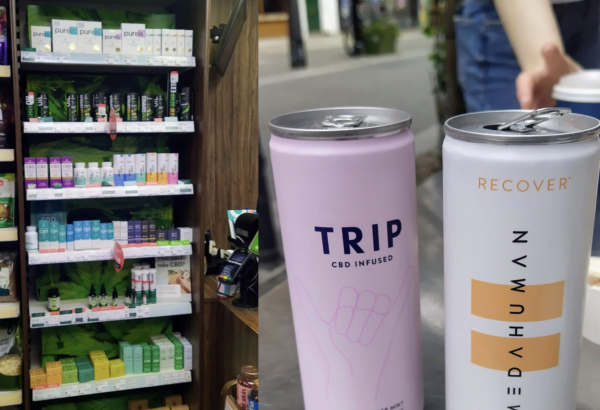
PHOTO: Chris Fowlie
Secondly, let patients import or grow their own. Normally, if a patient cannot fulfil a prescription locally they legally have a “reasonable excuse” to import their own medicine from overseas. However, the medical cannabis scheme blocks patients from doing the same with cannabis medicines. Patients should be able to fulfil their prescriptions offshore instead of hoping for more products to appear here one day. Likewise, if there are no suitable products available, patients should be able to provide for themselves.
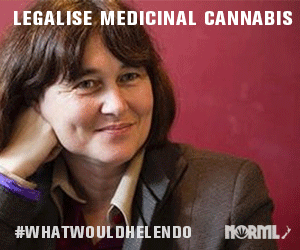
Next, take a leaf from the Commerce Commission and break up the verticals. Let’s follow the many examples overseas and not allow manufacturers to also grow. This would give craft growers a foot in the door, promote competition and avoid monopolisation of the cannabis industry. Otherwise re-legalised cannabis can have a diversity problem, with old rich men running the show.
Allowing pharmacy compounding would reduce prices, increase options for patients while giving local growers an outlet for their produce. Pharmaceutical manufacturing facilities take time and millions of dollars to build, but right now compounding pharmacists could be preparing customised small batches for patients, in a variety of formats including flowers, oils, lotions and capsules. They can do this already with other medicines.
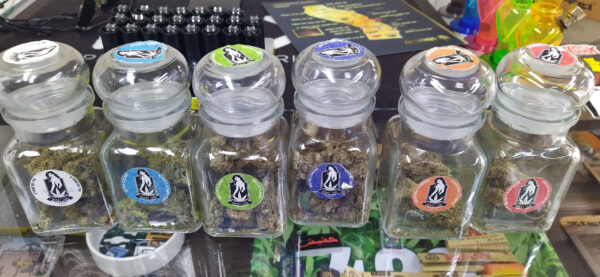
PHOTO: Chris Fowlie
Compounding pharmacies in the UK and Germany can dispense cannabis flower from bulk packets. But aside from an exception for synthetic CBD, compounding is currently unfeasible here because NZ’s medical cannabis rules require GMP manufacture and $15,410 product assessments – which are not required for compounding anything else.
While these suggestions would all be game changers, more likely is adjusting the standards, processes and other matters of interpretation. It may be seen as just tinkering, but small changes here could have a huge effect.
New Zealand’s Minimum Quality Standard, which applies to both imports and exports, is ostensibly based on the European Pharmacopoeia and EU GMP standards. This set of rules is open to interpretation and allows regulators to pick from various settings. New Zealand regulators, perhaps inadvertently, adopted several positions that are not harmonised with other countries, but are said to be the toughest in the world.
The Minimum Quality Standard is set out in Part 1 of the Medicinal Cannabis Regulations (2019). But for microbes it merely points to the European Pharmacopoeia (“The limits specified by chapters 5.1.4 and 5.1.8”). This in turn gives several options for “Total Aerobic Microbial Count” for inhalation products, ranging from 100 to 10,000 CFU/g or mL. Products used as tea may have up to 5,000,000 CFU.

While everyone else went with the higher level, we got the toughest setting. It turns out this can only be met with irradiation, which further limits options for imported products. But exporters are also finding there is also no irradiation capacity in NZ. Fixing this is just a matter of interpretation.
Likewise, the MQS specifies testing for a set of pesticides unique in New Zealand. This keeps out most imports, or forces additional testing on them. The levels for heavy metals are also not harmonised with Europe, meaning few of their products qualify, or they must again do additional testing to get here.
New Zealand also requires more stability and shelf life testing than other countries require. The effect has again been to prevent cheaper imports from coming into NZ while also blocking exports which local producers need to reach the scale they need to bring down prices for locals. The end effect is less choice for consumers, more expensive prices, and growers destroying crops and struggling to stay afloat.
Properly harmonising our interpretations and settings with Europe would help usher in a suite of new and more affordable products for patients, and allow growers and manufacturers to more easily access overseas markets so they can grow, employ people here and bring down prices.
But if we really want to disrupt the current situation, we should allow over the counter access to hemp-derived wellness products, treat CBD as a supplement or food not a prescription medicine, let patients grow their own, make the big end of town outsource their cultivation to small farmers, and allow pharmacy compounding.
The Ministry of Health says the discussion document will be released this month, with consultation to follow. Make sure you have your say.
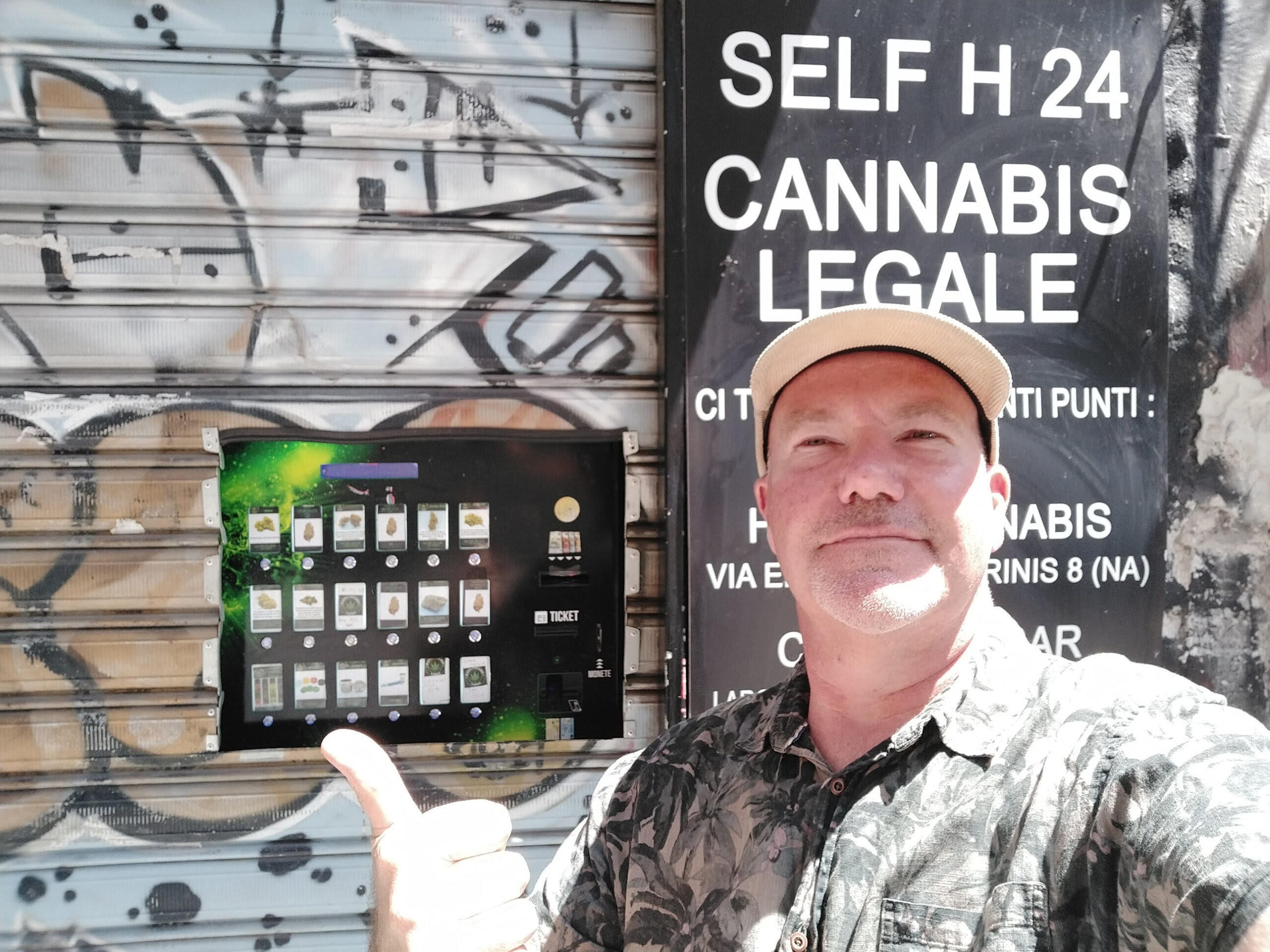
PHOTO: Chris Fowlie
Chris Fowlie is the president of the National Organisation for the Reform of Marijuana Laws NZ Inc; developer of the CHOISE model for cannabis social equity; CEO of Zeacann Limited, a cannabis science company; co-founder of the New Zealand Medical Cannabis Council; co-founder of The Hempstore Aotearoa; resident expert for Marijuana Media on 95bFM; cannabis blogger for The Daily Blog, and court-recognised independent expert witness for cannabis. The opinions expressed here are his own.


